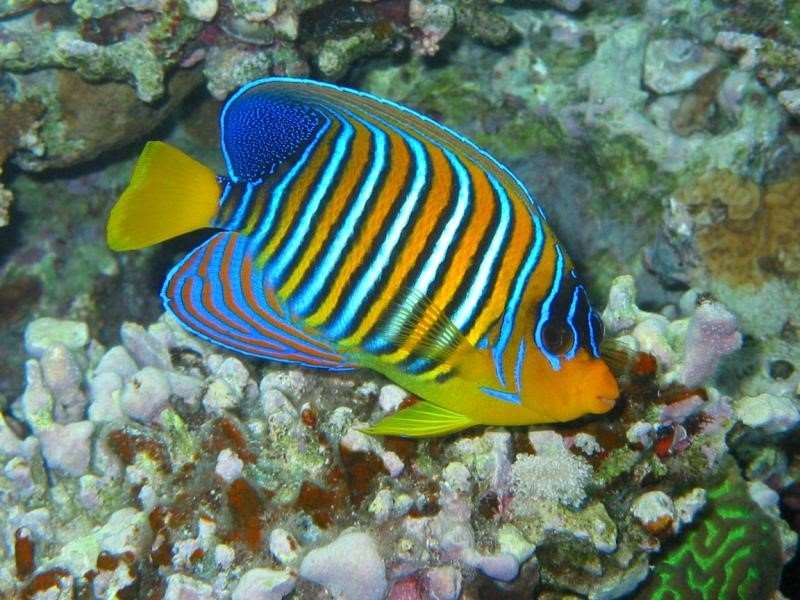
We acknowledge that there are many more actors, resource components, etc that could be coded.

/barrierreefGE-583710415f9b58d5b112a344.jpg)
The system is complex, and to make coding tractable, we focused on the main aspects of the system that likely have the most influence on outcomes. Structural Adjustment Package agreed.Ģ008 Reef Water Quality Partnership and Reef Rescue programme initiatedĢ009 Queensland East Coast Inshore Finfish Fishery Management PlanĢ010 Queensland East Coast Trawl Fisheries Management Plan updatedĢ012 UNESCO report on the GBR World Heritage Area International Journal of the Commons 8:396-427.ġ975 Great Barrier Reef Marine Park Act passedġ979 Co-management agreement signed between Federal and State governmentġ981 Great Barrier Reef World Heritage Area establishedġ992-1993 Aboriginal native title recognisedġ998 El Niño Southern Oscillation coral bleachingġ999 Representative Areas Programme commencesĢ000 Queensland East Coast Trawl Fisheries Management Plan implementedĢ001 Croker Decision extending Indigenous Australian’s rights to Sea CountryĢ004 Queensland Coral Reef FinFish Fishery Management Plan implementedĢ004 New Zoning Plan for the GBRMP passed and implemented. Keeping the ‘Great’in the Great Barrier Reef: large-scale governance of the Great Barrier Reef Marine Park. For a formated version of these, see Table 1 in Evans, L. We omit the transition years (1999-2003) because many changes were made during that time. Time periods coded are those before the re-zoning (1975-1999), and the time period after re-zoning (2004-2012). Recent coal port development pressures (influenced by a change in federal government) are causing concern about the future of the GBR and potential cumulative effects, with UNESCO concerned about the GBRMP, threatening to add it to the list of UNESCO sites in danger. In particular, land-based developments in the past (land-clearing, sugar cane production, cattle ranching) have degraded the water quality running into the GBR, in turn affecting coral reefs and likely fish. Run-off from land, carrying nutrients and pollution into the GBR highly affected by changes in land use.ĭevelopment pressures are important external social influences.

periods of high ocean temperatures, which cause bleaching in corals) Important external biophysical processes include:Ĭlimate change (esp. International Journal of the Commons 8:396-427.įisheries (Stock-specific), Marine protected areas Yet despite considerable progress in marine governance, the reef continues to be affected by mainly external pressures (land-based impacts and climate change related disturbances).Ī summary of our analysis of this case is published in this paper: Evans, L. It was implemented in 2004, and the proportion of no-take areas changed from about 5% to 33%.

From 1999 a systematic conservation planning approach called the Representative Areas Programme was undertaken to identify and implement a larger system of no-take zones that represented the diversity of bioregions and habitats encompassed in the GBRMP. A formal co-management agreement was signed between Federal and State government in Australia (1979), which effectively enabled the joint management of the GBRMP by GBRMPA (a federal agency) and the Queensland state (Queensland Parks and Wildlife and Queensland Fisheries). The Act prohibited mining on the reef, enabled the planning and implementation of zones to differentiate uses of the park, such as fishing and tourism, and authorised GBRMPA to design a system of other permissions to regulate, enforce, sanction, and monitor access and use of the park including harvesting, shipping, and research (). The 1975 Great Barrier Reef Marine Park (GBRMP) Act established the marine park and the park’s authority (Great Barrier Reef Marine Park Authority, GBRMPA). Concerns about human impacts on the Great Barrier Reef have existed since the late 1800s. The Great Barrier Reef covers about 345,000 km2, and includes islands (1%), coral reefs (7%), seagrass and sandy seabed (61%), continental slope (15%), and deep ocean (16%) (GBRMPA, 2009). The Great Barrier Reef encompasses seventy bioregions, represents around ten percent of all coral reefs in the world, and is home to more than 1600 fish species, 500 coral species, 40 mangrove species, and 27 vulnerable or endangered species (GBRMPA, 2009). The Great Barrier Reef is a globally important marine ecosystem with vast environmental, cultural, social and economic value (McCook et al.


 0 kommentar(er)
0 kommentar(er)
